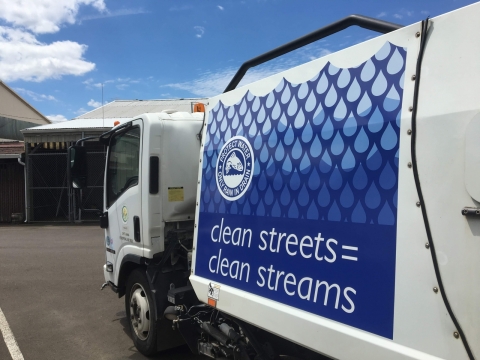Clark County Public Works sweeps residential streets during fall, winter and spring months. During the summer, street sweepers are used primarily for summer road preservation and other construction projects.
Residential streets are swept 3-4 times a year, typically during the daytime. Arterials are swept about once a month, typically during the late afternoon or evening.
The county coordinates its sweeping schedule with garbage-recycling pickup to avoid conflicts.
